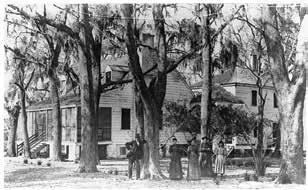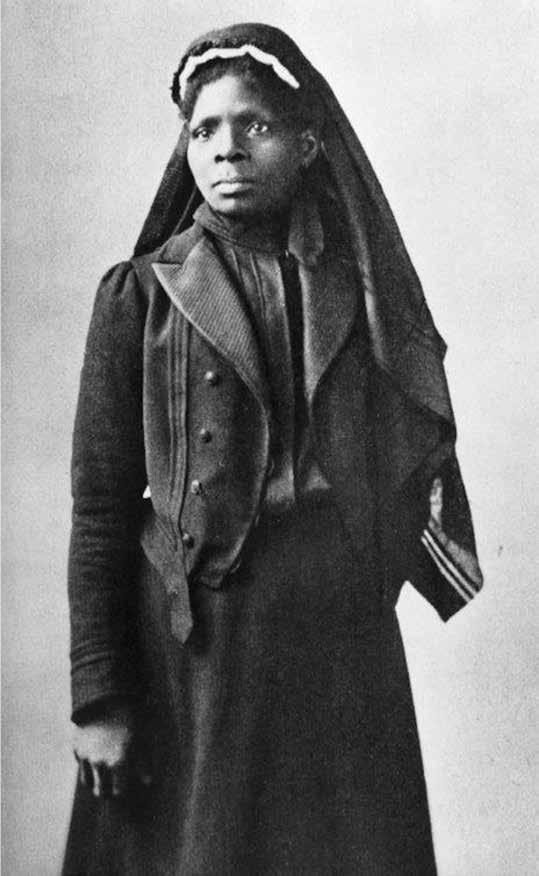
2 minute read
SSI Archives
The Freedom to Teach, The Freedom to Learn
During the American Civil War, the Union Navy blockaded the Southern coast. In February 1862, Confederate soldiers withdrew from St. Simons Island under orders from General Robert E. Lee. The planter families and some of their slaves had already moved inland. After Union forces took control of the island, Retreat Plantation became the Union headquarters and a contraband, or refugee, camp for escaped slaves.
Conditions in contraband camps varied widely across the South. The Union forces would provide food, housing, and clothing where possible, sometimes in exchange for work, and a few camps offered schooling. Many Freedmen in the camps also joined the Union Army and served in African American regiments.
One woman who escaped to St. Simons Island along with some of her family was Susie Baker King Taylor. Born into slavery in Liberty County, Georgia, in August 1848, she acquired basic literacy from two secret schools taught by African American women in Savannah. When Union officers learned of Taylor’s education, they asked her to set up a school for other contrabands. She taught about forty children during the day and a smaller number of adults at night. Susie Baker King Taylor thus became the first black teacher for freed African American students to work in an openly operating Freedmen’s school in Georgia.
While on St. Simons, Taylor married Edward King, a black noncommissioned officer in the Union forces. When the island was evacuated later in 1862, Taylor traveled with her husband’s regiment for three more years. She continued to teach black soldiers to read and write in off-duty hours while also working as a nurse and laundress. Taylor described these experiences in a memoir, Reminiscences of My Life in Camp with the 33rd United States Colored Troops, Late 1st S.C. Volunteers. This month’s images show Susie Baker King Taylor and, from the Society’s collection, the Retreat Plantation House, circa 1890, probably looking much as it did during the Civil War. In an April 1862 letter to his wife, Commander John R. Goldsborough, the Union Navy officer in charge of the St. Simons contraband camp, wrote that the house was unfurnished, but the plantation was “paradisiacal.”

Our monthly images on this page are from the vast archives of the Coastal Georgia Historical Society. The Society’s mission includes the “administration, restoration and maintenance of historic facilities and resources … preserved as a living part of the historical and cultural foundations of our coastal community.” Society facilities include the St. Simons Lighthouse and Museum, the A.W. Jones Heritage Center, and the World War II Home Front Museum at the Historic Coast Guard Station. To learn more about the Society, its diverse programs, and the benefits of Society membership, please call 912.638.4666, or visit coastalgeorgiahistory.org.












